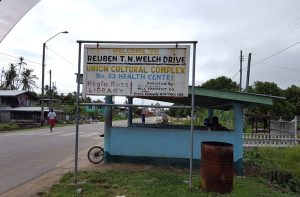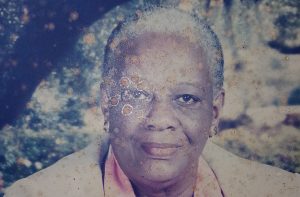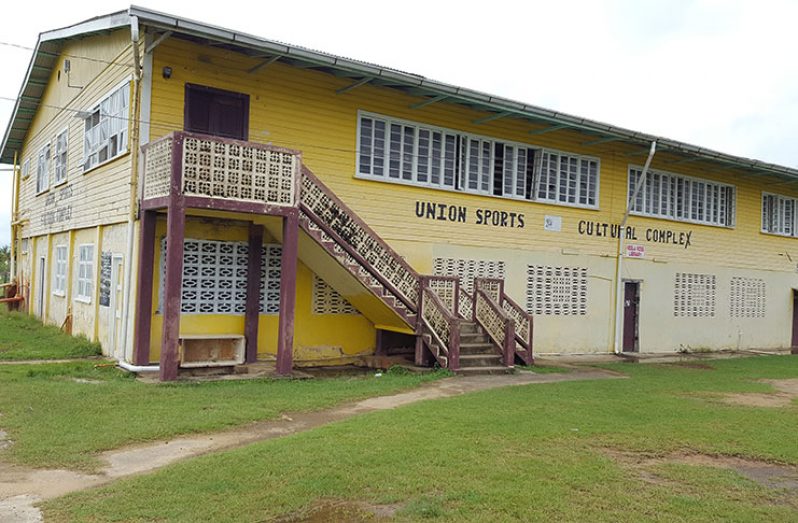–as Guyana celebrates yet another Emancipation Day
THE Village of Union, at Number 53, Corentyne last evening came alive like never before to the beat of the Conga drums and dancing and singing of good old folk songs amidst a general air of joie de vivre.
The occasion was the community’s being singled out by the African Cultural Development Association (ACDA) to be the ‘Belle of the Ball’ this year as Guyana celebrates yet another milestone since the abolition of slavery.
And turn out villagers did in their numbers to mark the occasion with a memorable

candlelight parade, marching around the village and just having a jolly good time, before heading on down to Fyrish/Gibraltar for the traditional Libation Ceremony that attends such functions, and much later in the day the Berbice Mega Event, billed for the Gibraltar/Courtland Primary School at Number 1, Farm.
The Parade, which started at 20h00 sharp, was preceded by a Church Service at the St. Colombus Church, beginning at 19h30, while the “Mega Event” is scheduled to start at noon, and see President David Ganger delivering the main address.
UNION IN HISTORY
History has it that the village of Union was purchased by four friends, who, as freed slaves, had travelled to British Guiana, or “BG” as Guyana was also known back then, in search of cotton.
On arrival here, they pooled their resources and came up with enough money to buy the village, which was then an abandoned cotton estate. Together they would build, with just shovels as tools, what was known back then as a “Middle Walk”, which is today the village’s main street, as well as other major developmental works.
Situated some 34 miles from the Berbice capital of New Amsterdam, Union has traditionally been the hub of African culture in Berbice, and the villagers, called “Congas” to this day, have over the years managed to maintain their cultural identity.
It’s also known for being the birthplace of the “Conga Drums”, which, according to ACDA, “are the sound tracks to the rhythm of life in a village that maintains most of the small, close-knit, communal way of life that harks its origins even to this today.”

Named to reflect the unity portrayed by its founders, Union is known to produce ground provisions of all kinds, such as eddoes, cassava, sweet potatoes, plantains, yams, turmeric and ginger.
Fruits are also produced in abundance, and include mangoes, bananas, citruses, cherries, sapodillas and papaws. There is even a bit of rice, which is cultivated in the Sandy River area, while the nearby Atlantic Ocean has always been a ready source of fish.
COPTIC INFLUENCE
The Ethiopian Orthodox Church reportedly gained a foothold in the village around the 1940s and 1950s when a group of Ethiopian eunuchs came by to spread the word.
Some even tried teaching the children in the village Amharic, as the Ethiopian language is called, while another sect established a branch of the Negro Progress Convention, one of the many Afro-centric organisations that were started and became popular back in the day.
Throughout the years, Union is said to have been blessed with having dedicated community leaders with a passion for promoting the development of the community.
Some of those cultural icons are: Ms Phylis Hope; Mr Samuel Chisolm; Auntie Belle Douglas; Kathy and Reuben Welch; Ms Susan George; Ms Ingrid Harvey; Ms Josephine Johnson and Ms Elsie Williams.
Ms. Jean Wavenie Dorsett, a retired headmistress and renowned community activist, continues to organise developmental programmes for the village, and encourage the youths to become meaningfully involved in community development as well as sporting activities.



.jpg)








